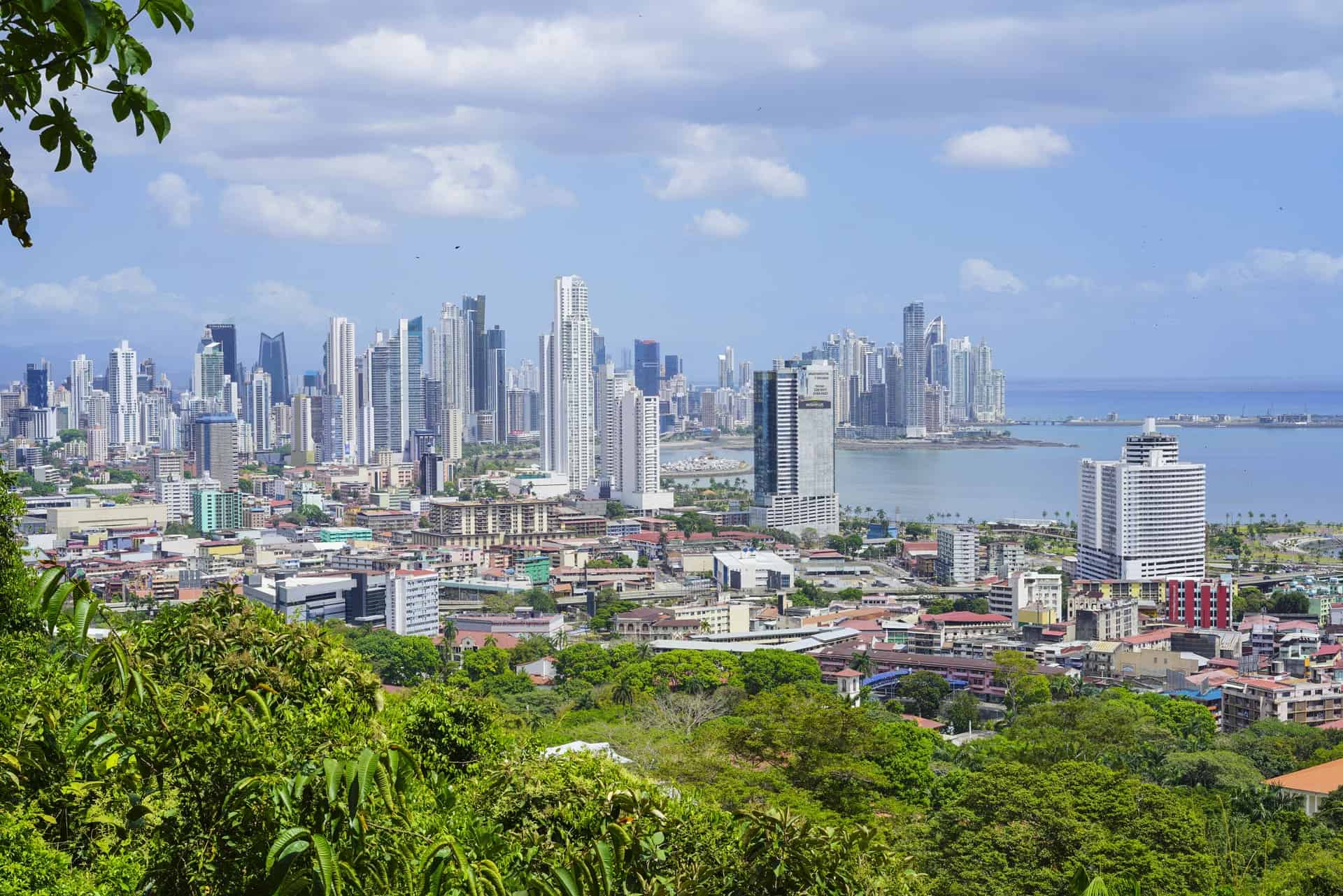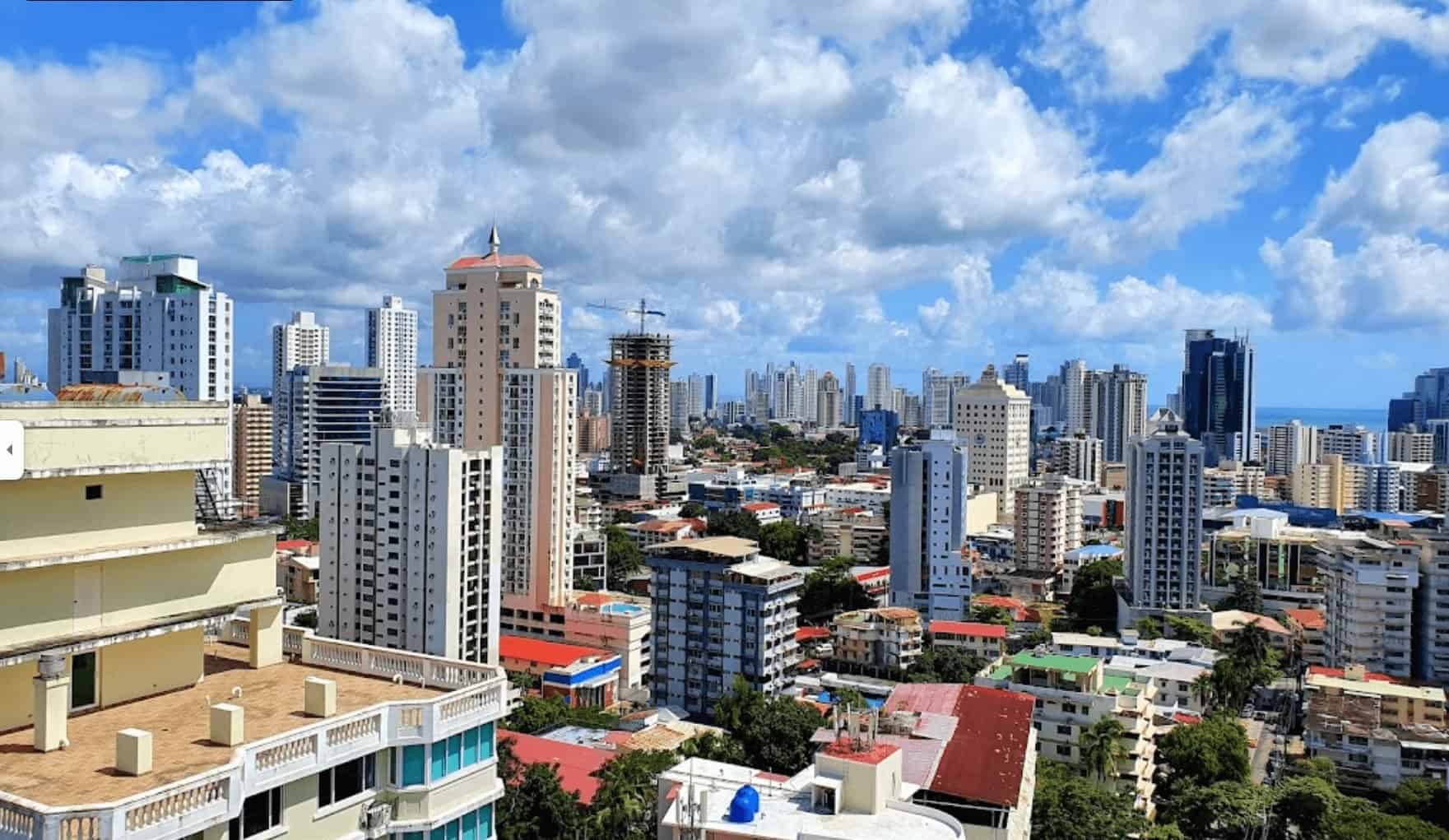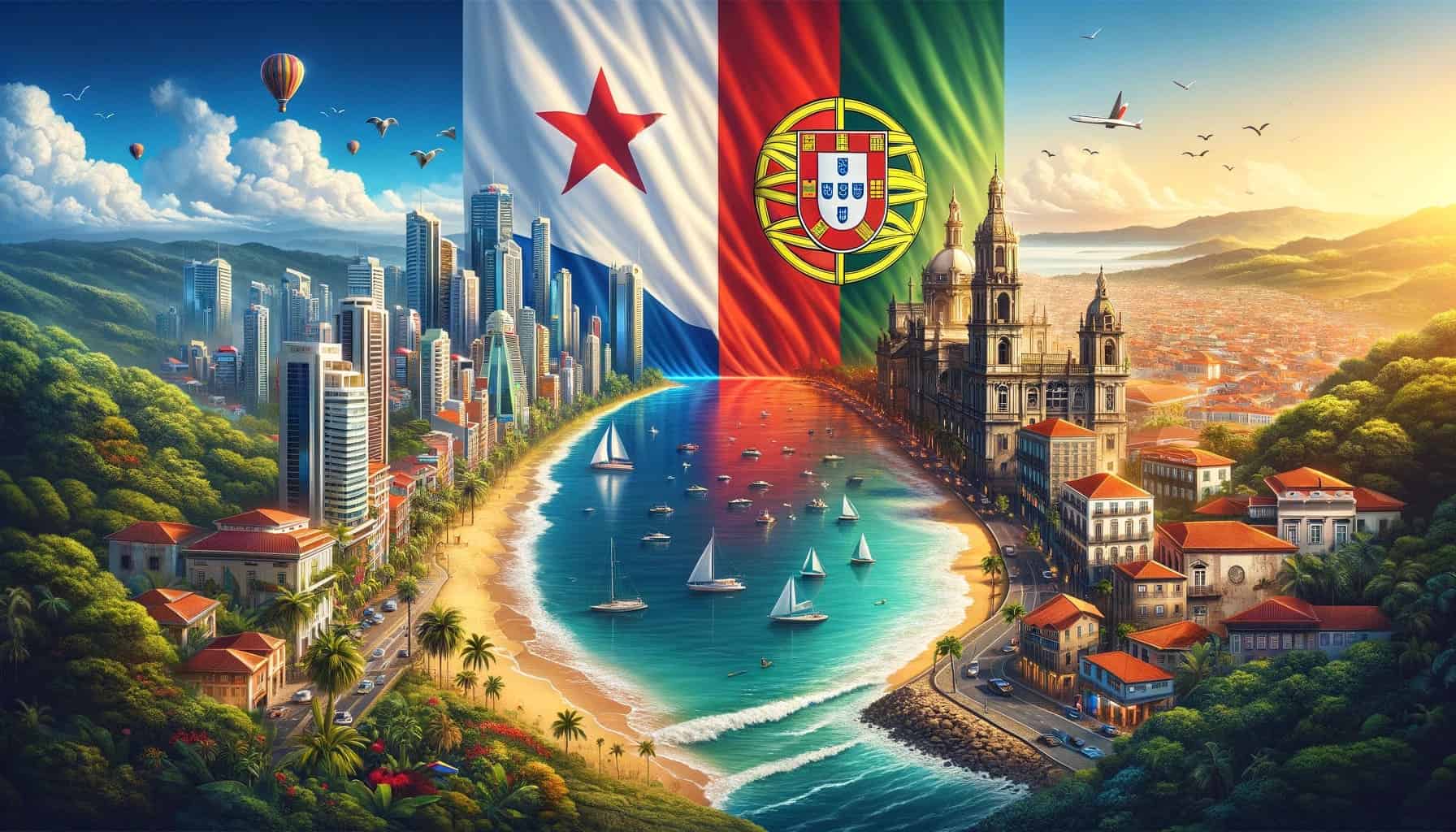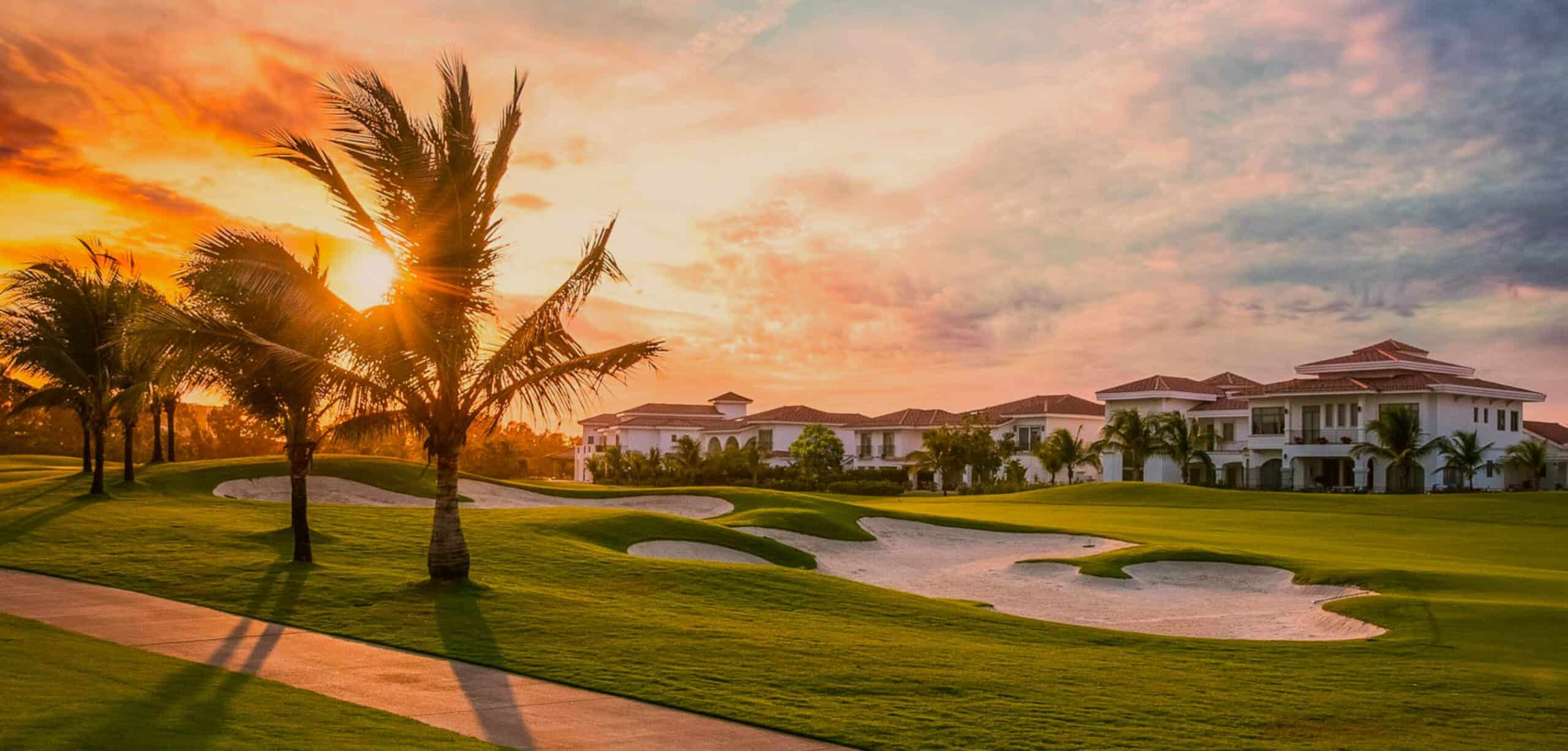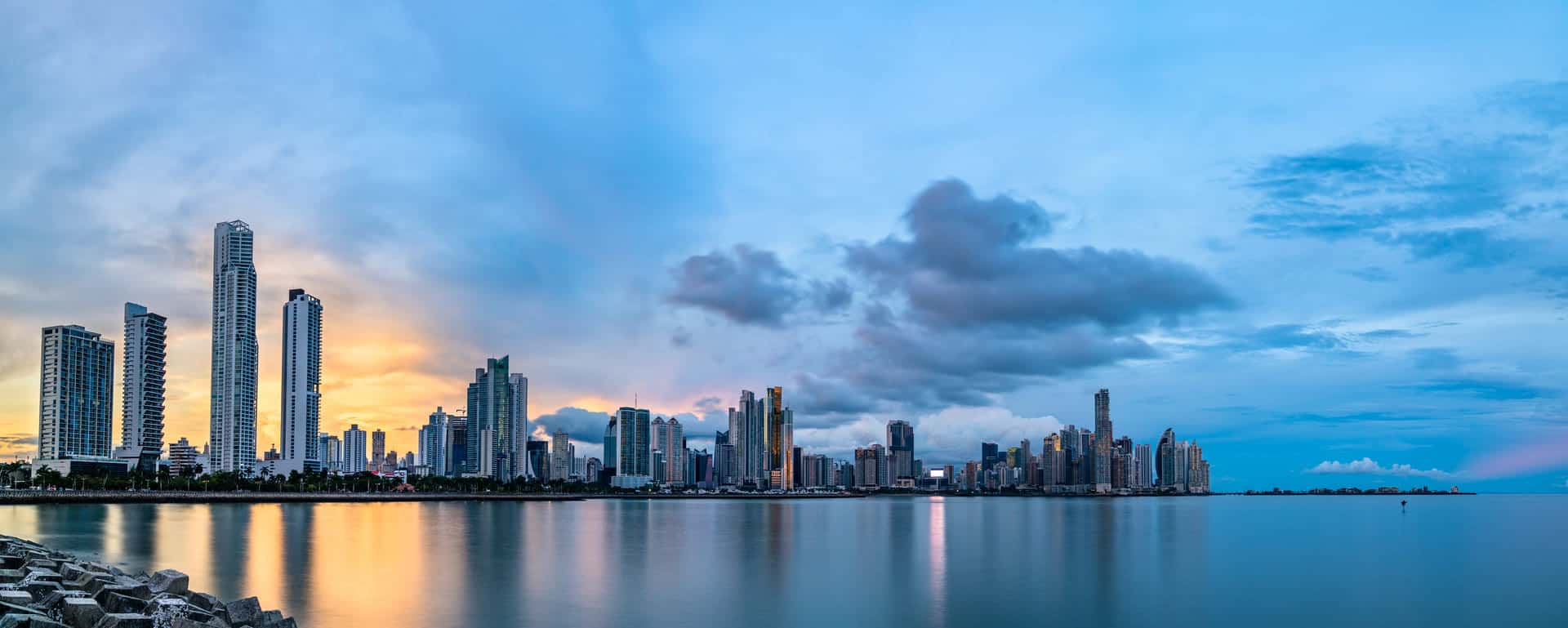In the heart of Central America lies a nation that thrives on a treasure trove of cultural diversity. Panama, known for its iconic canal, is equally celebrated for its remarkable Indigenous Communities, which play a pivotal role in shaping the country’s identity. As we embark on this enlightening journey, we invite you to join us in uncovering the essence of Panama’s cultural roots and understanding their profound importance in the national tapestry. We’ll delve into the depths of history that form the foundation of Panama’s cultural identity. We’ll shed light on the obstacles and disparities faced by these indigenous communities, shedding light on the daily struggles and their ongoing quest for recognition and equality. And let’s explore the initiatives and opportunities that hold the promise of progress for Panama’s Indigenous Peoples, highlighting the steps being taken to preserve their unique heritage and empower their communities. Join us on this voyage through Panama’s rich cultural mosaic, where diversity isn’t just celebrated—it’s the foundation of the nation’s identity. Prepare to be captivated by the stories, challenges, and triumphs of Panama’s Indigenous Communities.
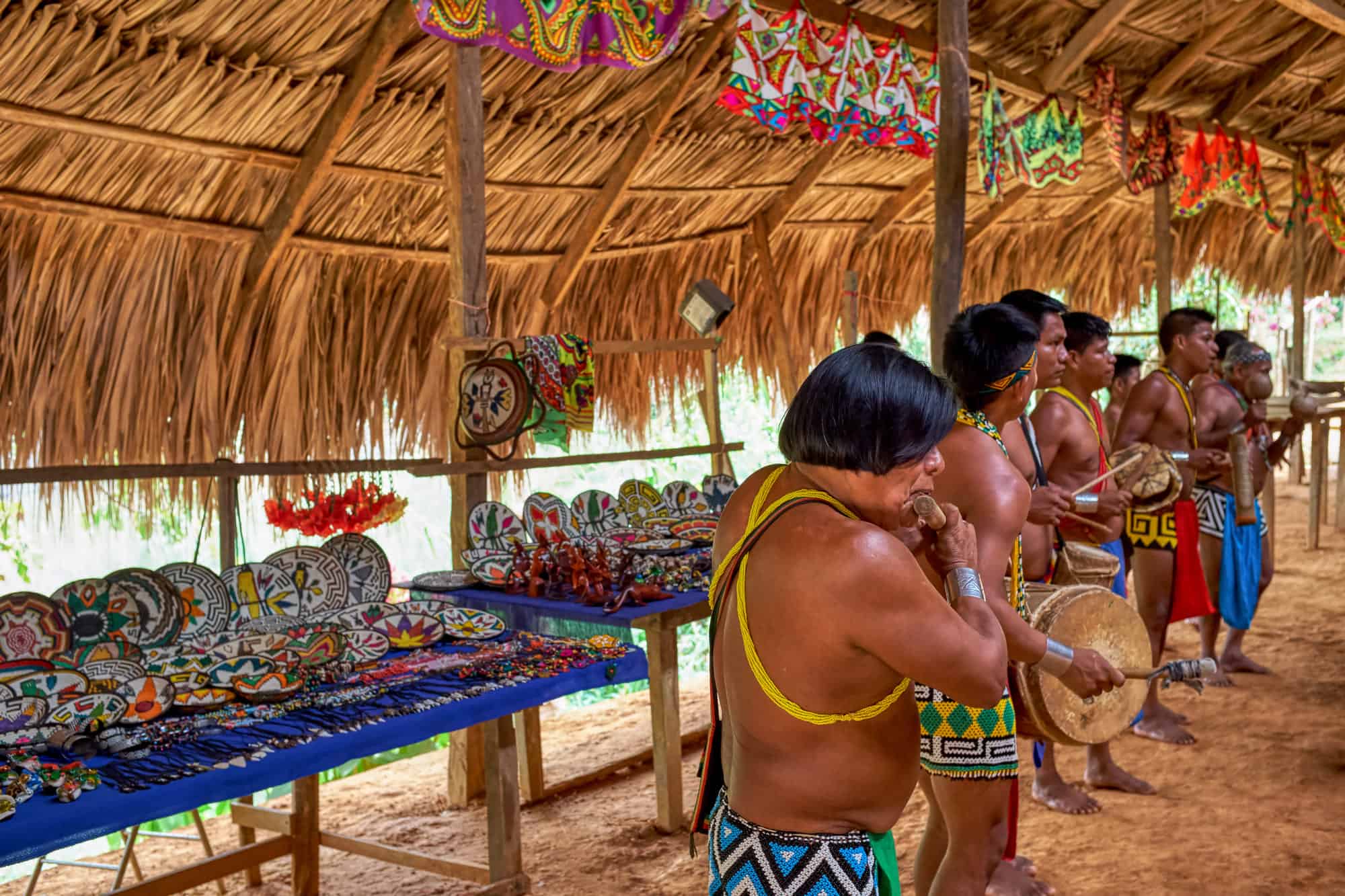
Understanding the Roots of Panama’s Culture
Panama’s cultural tapestry is woven from the traditions and customs of its indigenous tribes, comprising seven distinct groups: the Ngäbe, Buglé, Guna, Emberá, Wounaan, Bribri, and Naso. These communities are a vital part of Panama’s cultural diversity, each bringing its unique customs, beliefs, and traditions to the mix. The indigenous people of Panama are known for their craftsmanship, creating intricate wood carvings, exquisite miniatures from hard-ivory palm seeds, beautiful baskets, masks, vegetable fiber bags, and vibrant clothing like the Mola.
The country’s cultural richness is further enriched by Spanish colonization, Afro-Caribbean influences, and immigration from countries like China. Spanish culture left an indelible mark with its language, religion, and elements of cuisine and music. Afro-Caribbean traditions have given rise to music styles like Reggae and Salsa, while Chinese immigrants have significantly influenced Panama’s culinary scene. This fusion of indigenous, European, African, and Asian influences has birthed a cosmopolitan culture unique to Panama.
Panama’s geographical location as a crossroads for diverse cultures, goods, and ideas has always played a pivotal role in shaping its cultural landscape. This blend of indigenous roots, African heritage, and Spanish influence is epitomized by Panama City, where modern skyscrapers coexist with traditional neighborhoods. To grasp the essence of Panamanian culture is to acknowledge this intricate blend of indigenous heritage, historical impacts, and contributions from diverse ethnic groups. This multifaceted cultural background defines Panama’s identity and continues to shape it as a vibrant, multicultural nation.
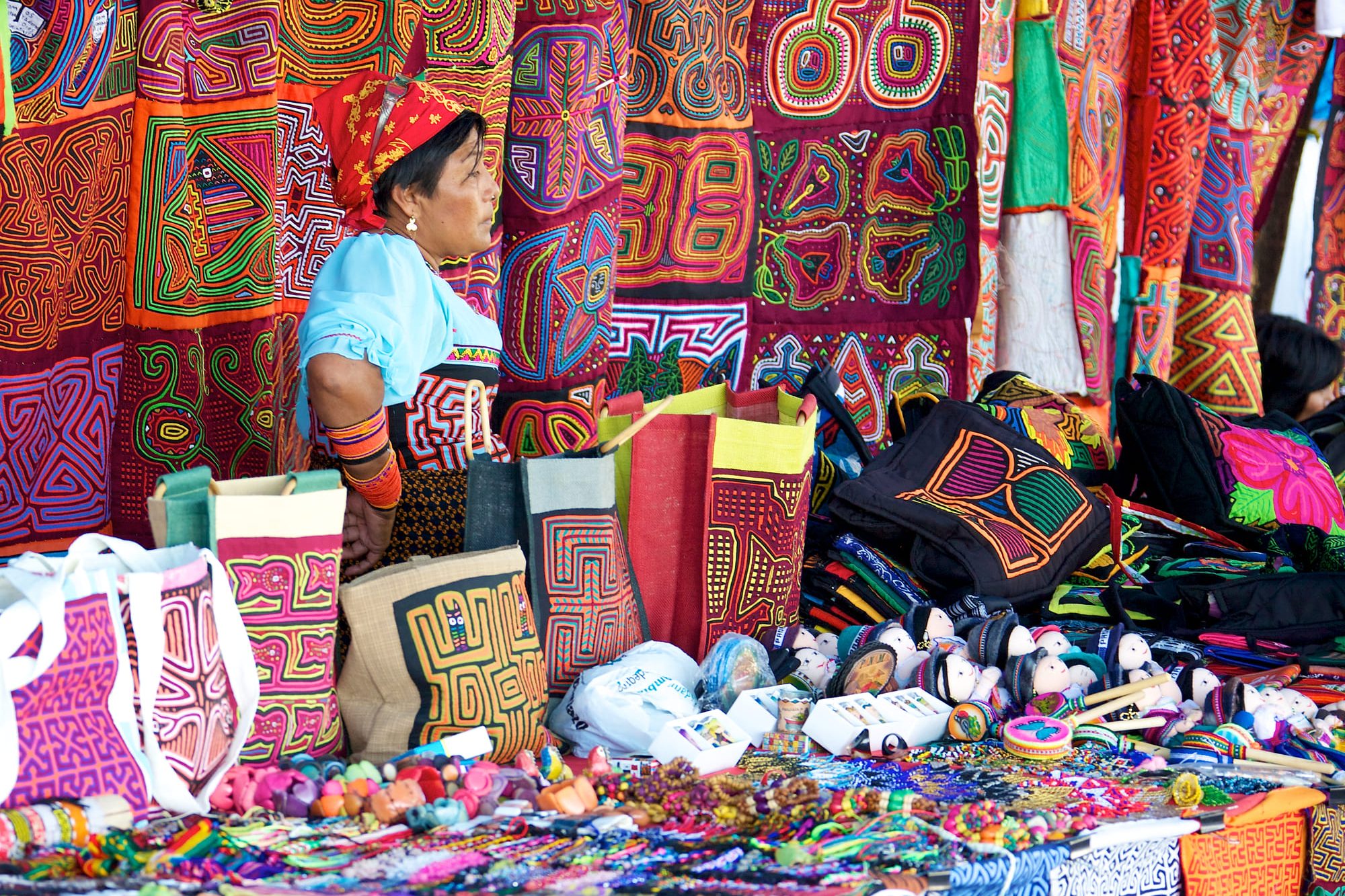
7 Indigenous Communities in Panamá
Panama boasts a diverse array of indigenous communities, each possessing its unique cultural heritage, languages, and traditions. Below, we provide an overview of these indigenous groups, shedding light on their distinct characteristics:
- The Ngäbe People
The Ngäbe people reside in the northwest of Panama (Chiriquí, Bocas del Toro, Veraguas). They have their comarca together with the Buglé people. The Ngäbe people survive on subsistence farming, producing corn, rice, and root vegetables. Some make woven bags or other artisanal items to sell. The men often migrate to Boquete to work in the coffee fields during the harvesting season. Many young people leave the comarca to seek a better life in Panama City or elsewhere.
- Buglé
The Bugle people reside in Veraguas Province. They live from farming and making artisanal products. The Buglé is one of the poorest indigenous groups in Panama, and the illiteracy rate in their comarca is around 30%. They say the Buglé fought the Spanish fiercely when they tried to force them from their fertile land. This is why their numbers are so small today.
- The Guna People
Primarily located along the eastern Caribbean coast and the San Blas Islands (Guna Yala), the Guna are known for their matriarchal society and beautiful, ornamental clothing decorated with molas, a form of textile art. They have a unique third gender, Omeggid, and a notably high rate of albinism. The Guna’s economy is based on fishing, artisanal products, and tourism.
- The Emberá People
The Emberá, with a population of around 33,000 in Panama, are spread across the Darién Province and along the Rio Chagres. They are known for their artistic skills, particularly in basketry and carved statues, and for their use of temporary tattoos made from the black dye of the jagua fruit.
- Wounaan
Residing in the Darien region, the Wounaan people are famous for their woven baskets called hosig di, made from the fronds of the chunga palm, and dyed with natural colors. Their lifestyle includes hunting, fishing, gathering, and farming, with a focus on preserving traditional body paints, sacred ceremonies, dances, and rituals.
- Bri Bri
The Bri Bri people live within the Bocas del Toro region of Panama. This group originated in the Talamanca reserve of Costa Rica and some made their way to northern Panama. Only a few thousand live in Panama, and they speak both Bri Bri and Spanish. Most live without running water or electricity and survive on a mix of subsistence agriculture, hunting, and fishing. Their relative isolation has allowed them to maintain their cultural identity but has also resulted in less access to education and health care.
- The Naso People
The Naso, also known as Teribe or Tjër Di, is a small group living in the northeastern reaches of Panama in the Bocas del Toro region. They are unique for having a traditional monarchy, and their culture is currently under threat due to youth migration, tourism, and a hydroelectric project. The Naso have been petitioning for their comarca (a semi-autonomous region) for over 40 years.
Main Challenges for Indigenous Peoples in Panama
The indigenous people in Panama have faced and continue to endure injustice and discrimination, manifested across various aspects of their lives, including socio-economic disparities and ongoing struggles for their rights and recognition. Protecting their territorial rights remains a persistent challenge, particularly in conservation areas where conflicts over land rights are increasingly prevalent. The ineffective enforcement of relevant laws and the intrusion of state-authorized extractive companies into indigenous territories without proper consent are significant issues. Another pressing concern revolves around Law 37, enacted in August 2016. This law establishes a framework for Indigenous Peoples’ prior, free, and informed consent, potentially offering a means to prevent numerous future conflicts. Despite the initial presentation and consideration of the bill by the Legislative Committee for Indigenous Affairs, it never underwent consultation with the Indigenous Peoples themselves.
Preserving indigenous languages and cultures is another challenge. With modernization and integration into mainstream society progressing, there is a risk of erosion of traditional cultures and languages. Moreover, large-scale development and extractive projects frequently jeopardize the rights of indigenous peoples, especially when their territorial and consent rights remain inadequately protected. This issue has been highlighted in projects like the Barro Blanco Hydroelectric Project and the Fourth Electrical Transmission Line in Panama. Indigenous communities were forcibly evicted from the project area to begin a test fill of its reservoir, which flooded sacred sites, farmland, and houses. These apparent violations led the indigenous authorities, in cooperation with activists, to draw international attention to the matter.
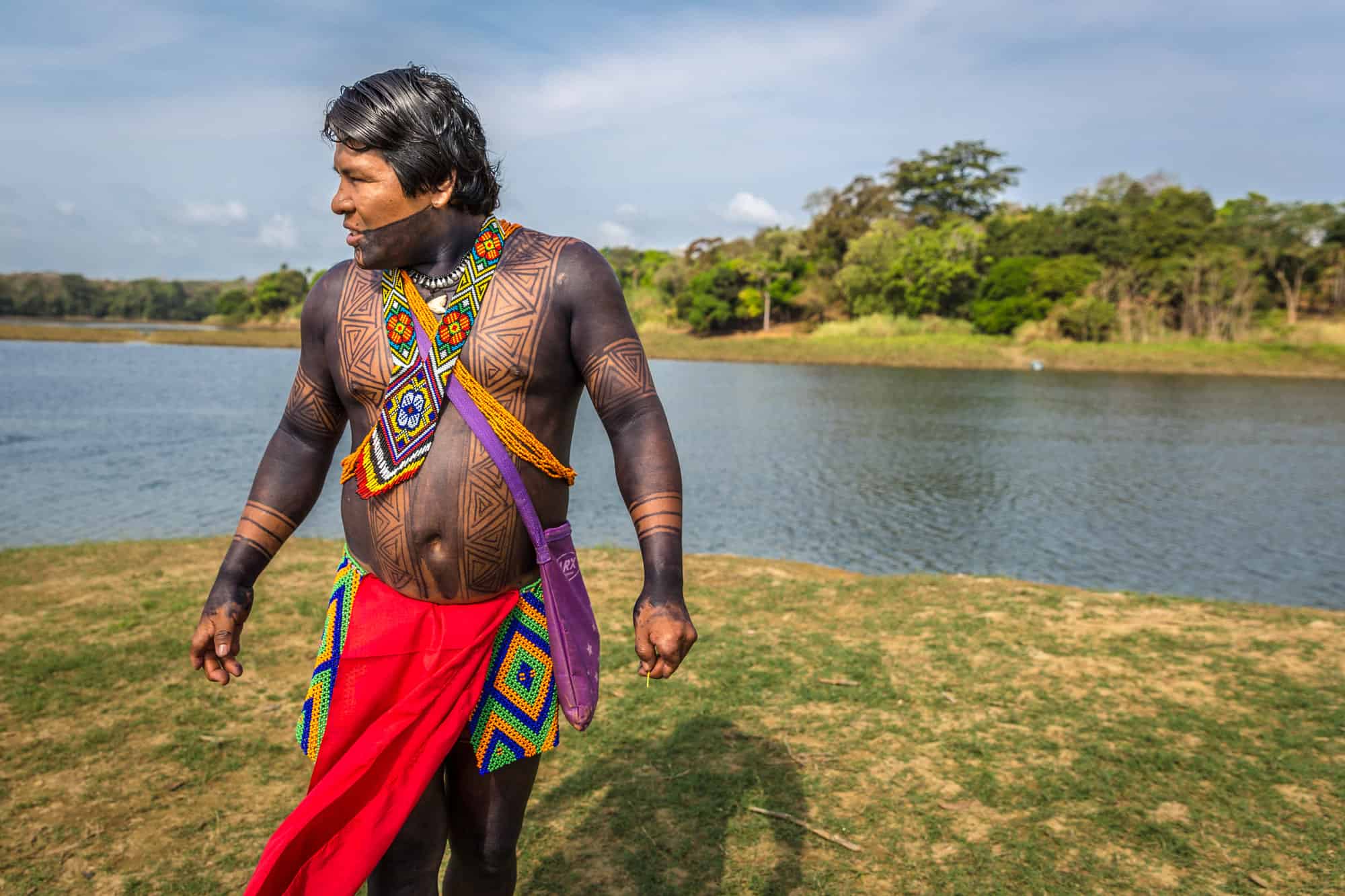
Potential Progress for Panama’s Indigenous Peoples
A significant milestone for the Naso people of Panama has been the formal recognition of their land rights. This achievement stems from a recent ruling by Panama’s Supreme Court, affirming the Indigenous nation’s rightful ownership of a 1,600-square-kilometer area known as a “comarca” in Panama. The Guna community, grappling with the challenges posed by rising sea levels, provides a concrete example of the impact of climate change. In particular, the small Caribbean Island of Gardi Sugdub, situated on Panama’s northern coast within the San Blas archipelago, has made the strategic decision to relocate to the mainland. Approximately 300 families from Gardi Sugdub are poised to embark on this migration, a crucial step for their community’s survival in the face of climate change.
Efforts have also been initiated to foster development that harmonizes with local cultures. Notably, solar panel installations have been introduced across several islands, including within the Guna region, to improve living conditions while respecting cultural values. This approach underscores the importance of honoring and integrating cultural elements into development strategies, ultimately leading to more sustainable and effective outcomes. Indigenous communities in Panama have demonstrated their ability to hold international organizations accountable. They have challenged the practices of the World Bank’s International Finance Corporation, highlighting instances where environmental and social sustainability policies were not adhered to, particularly with the requirement for free, prior, and informed consent from indigenous peoples when implementing projects that impact their lands. This reflects a growing global awareness and advocacy for the rights of indigenous communities. Both the Panamanian government and international bodies must collaborate closely with these communities to ensure their sustainable development and the preservation of their cultural heritage.
Conclusion
In conclusion, Panama’s Indigenous Communities are the living embodiments of the nation’s cultural heritage. They are the threads that have woven Panama’s diverse tapestry, connecting the past with the present. Despite the challenges they face, these communities continue to persevere, driven by their resilience and determination for a better future. As we’ve explored their roots, challenges, and potential progress, it’s evident that their contributions are integral to Panama’s identity. In celebrating this diversity and supporting their efforts, we not only honor the past but also pave the way for a brighter and more inclusive future for Panama and its Indigenous Peoples.

